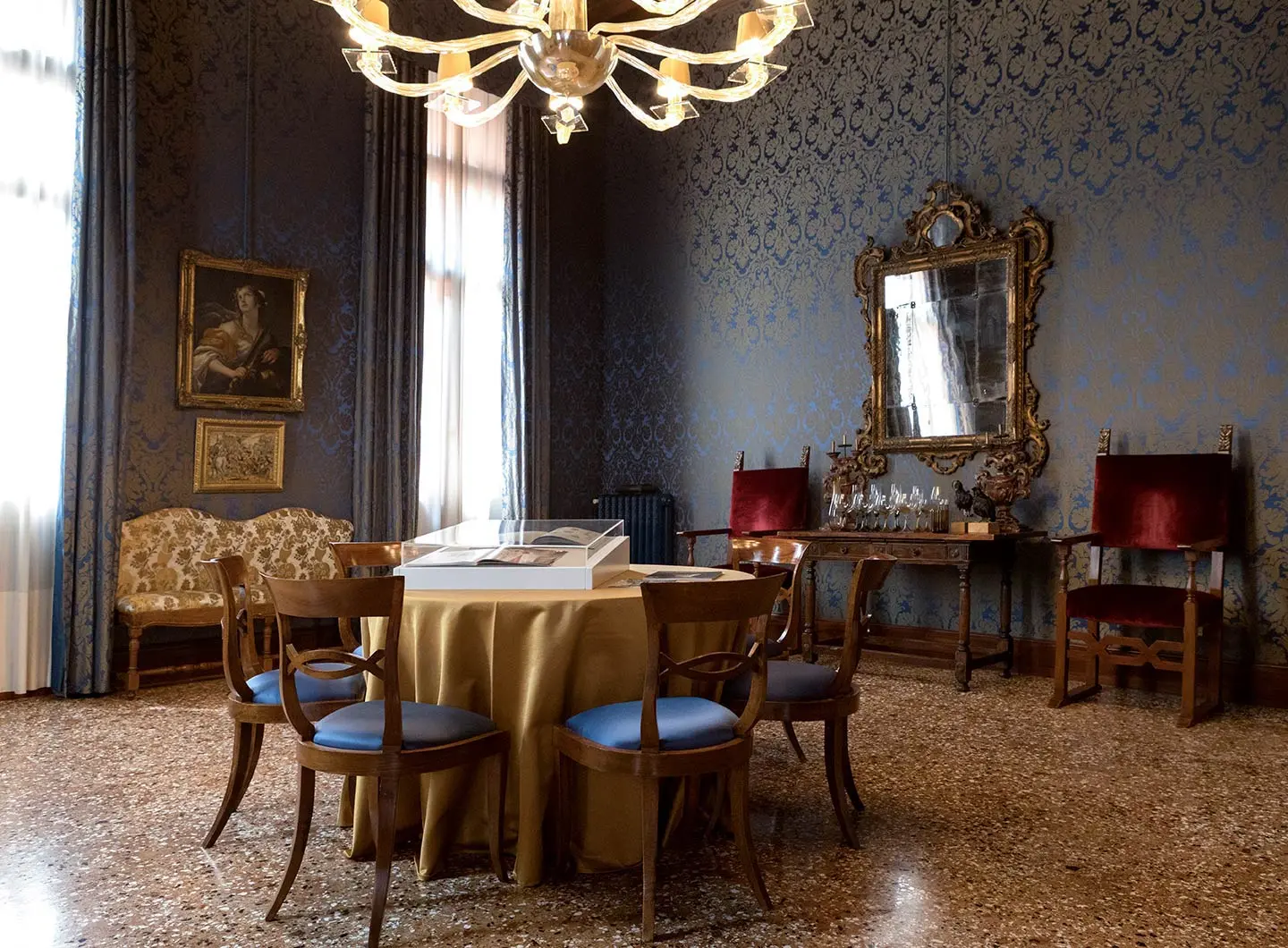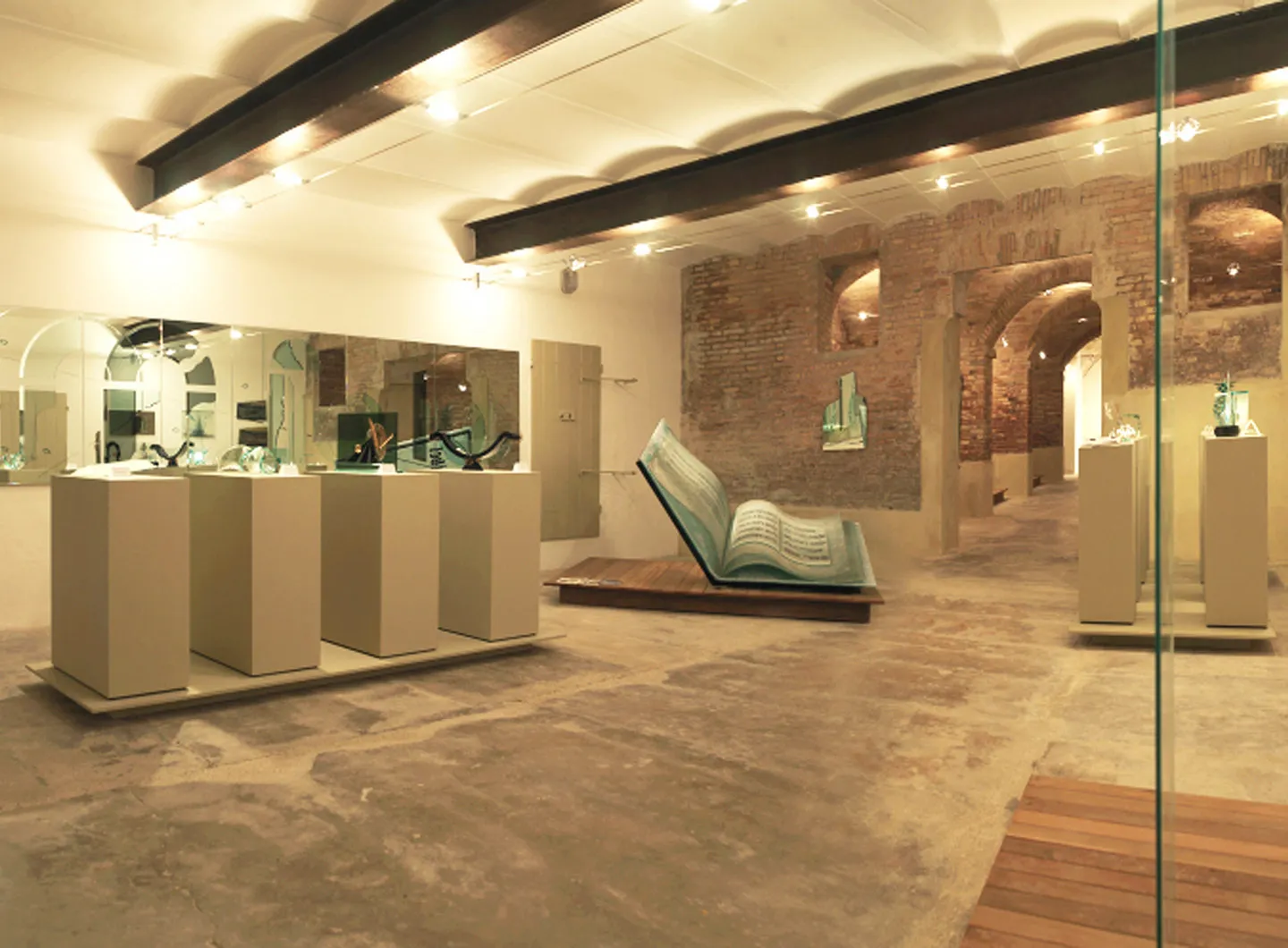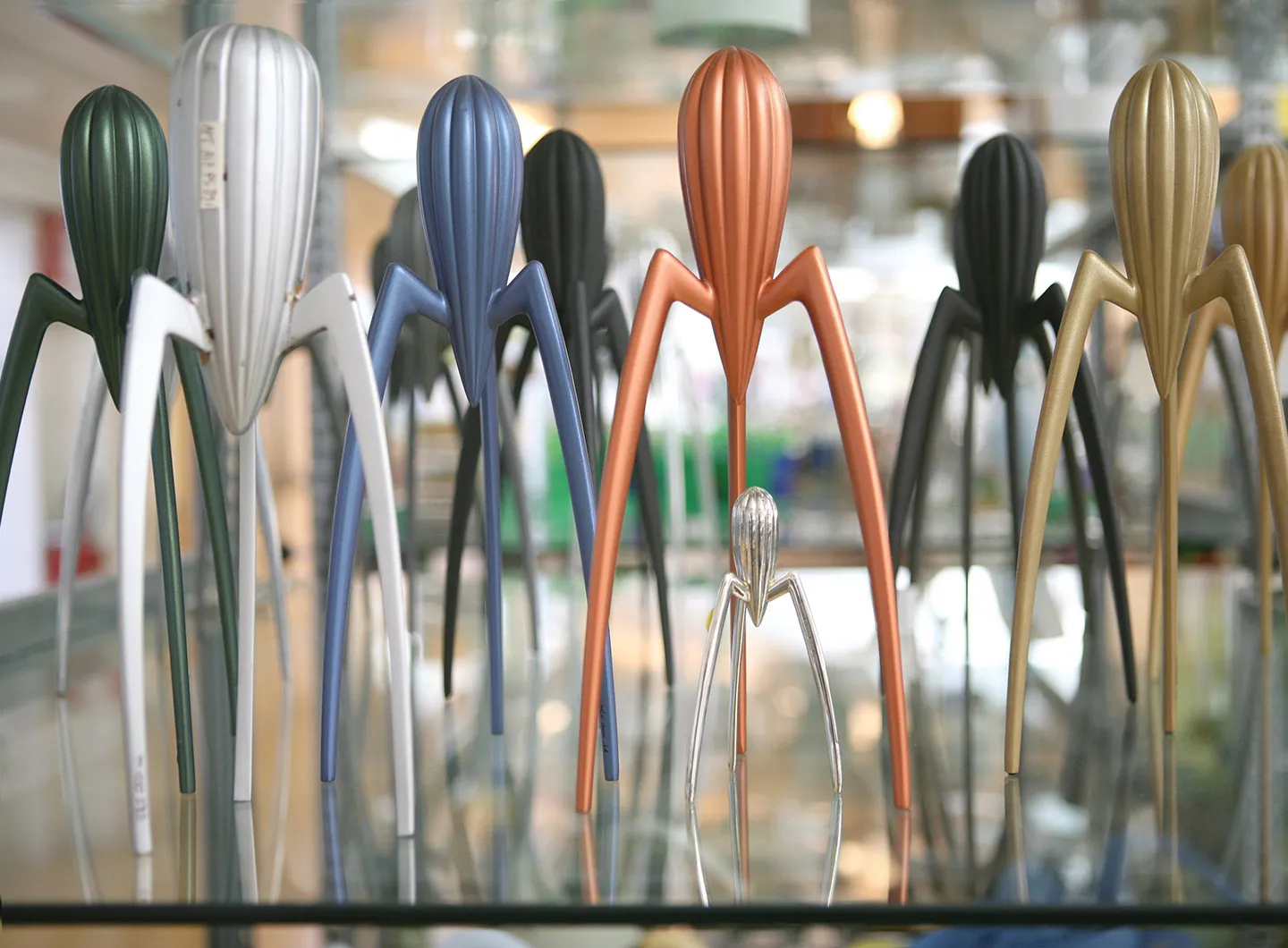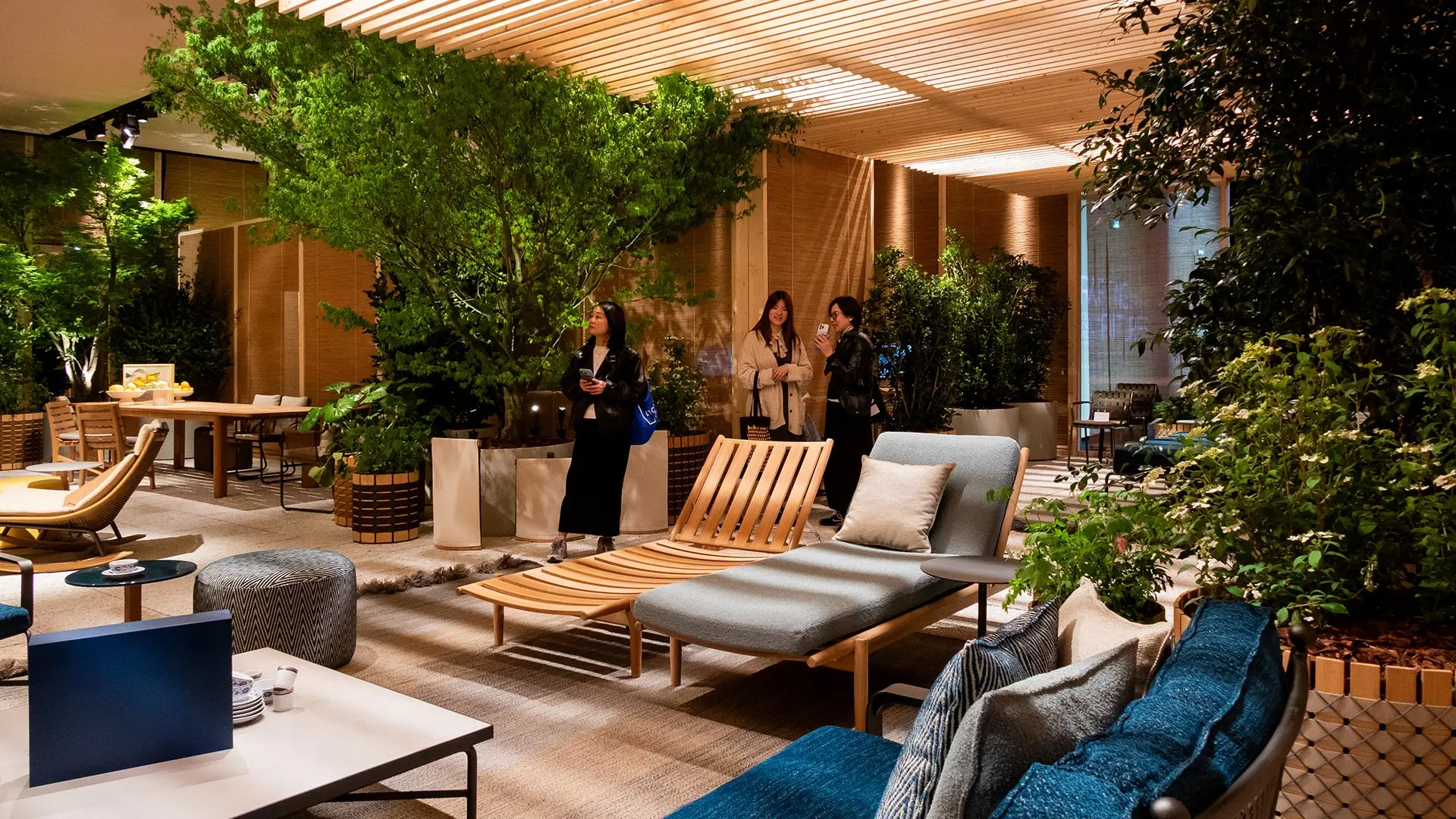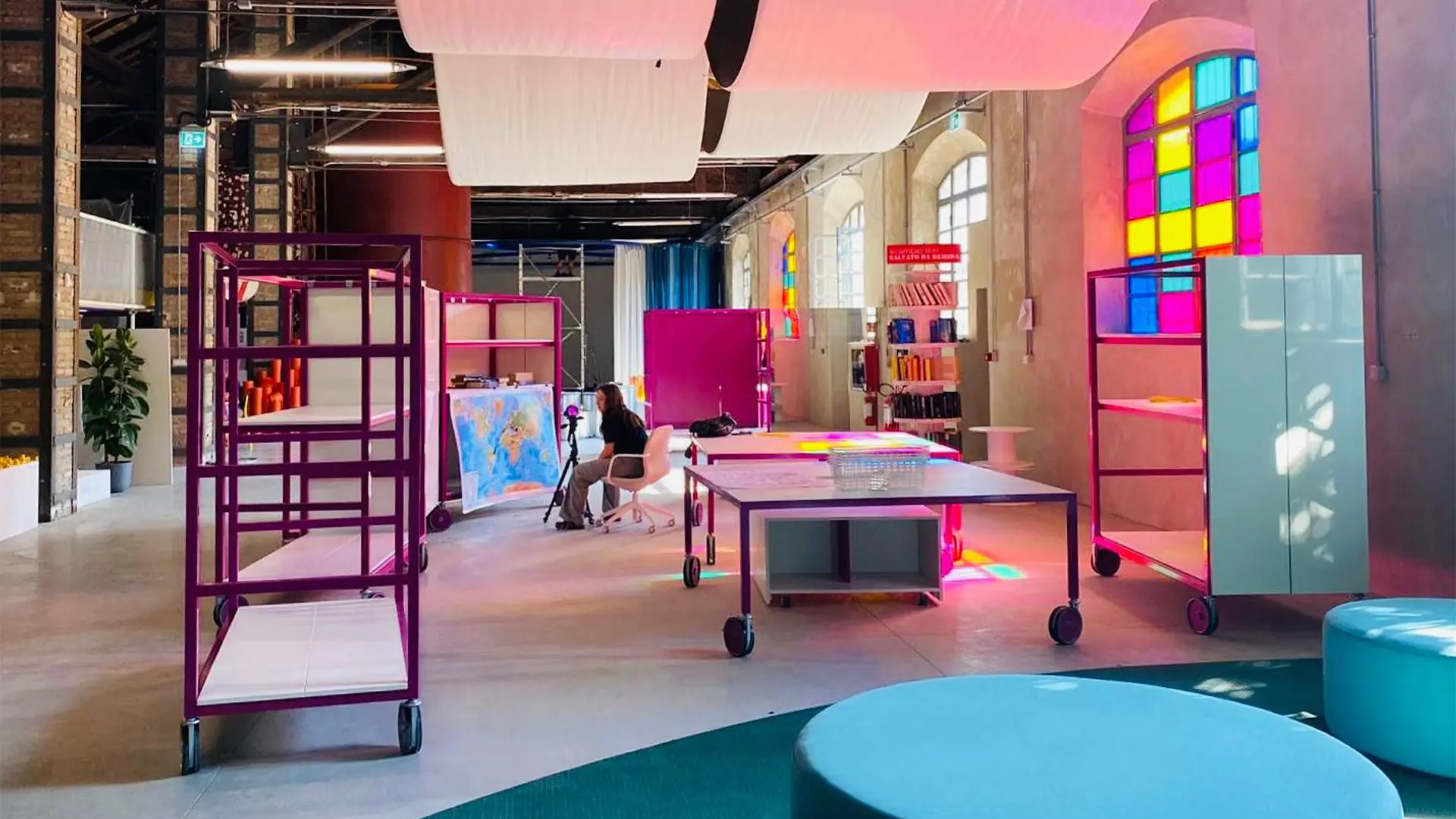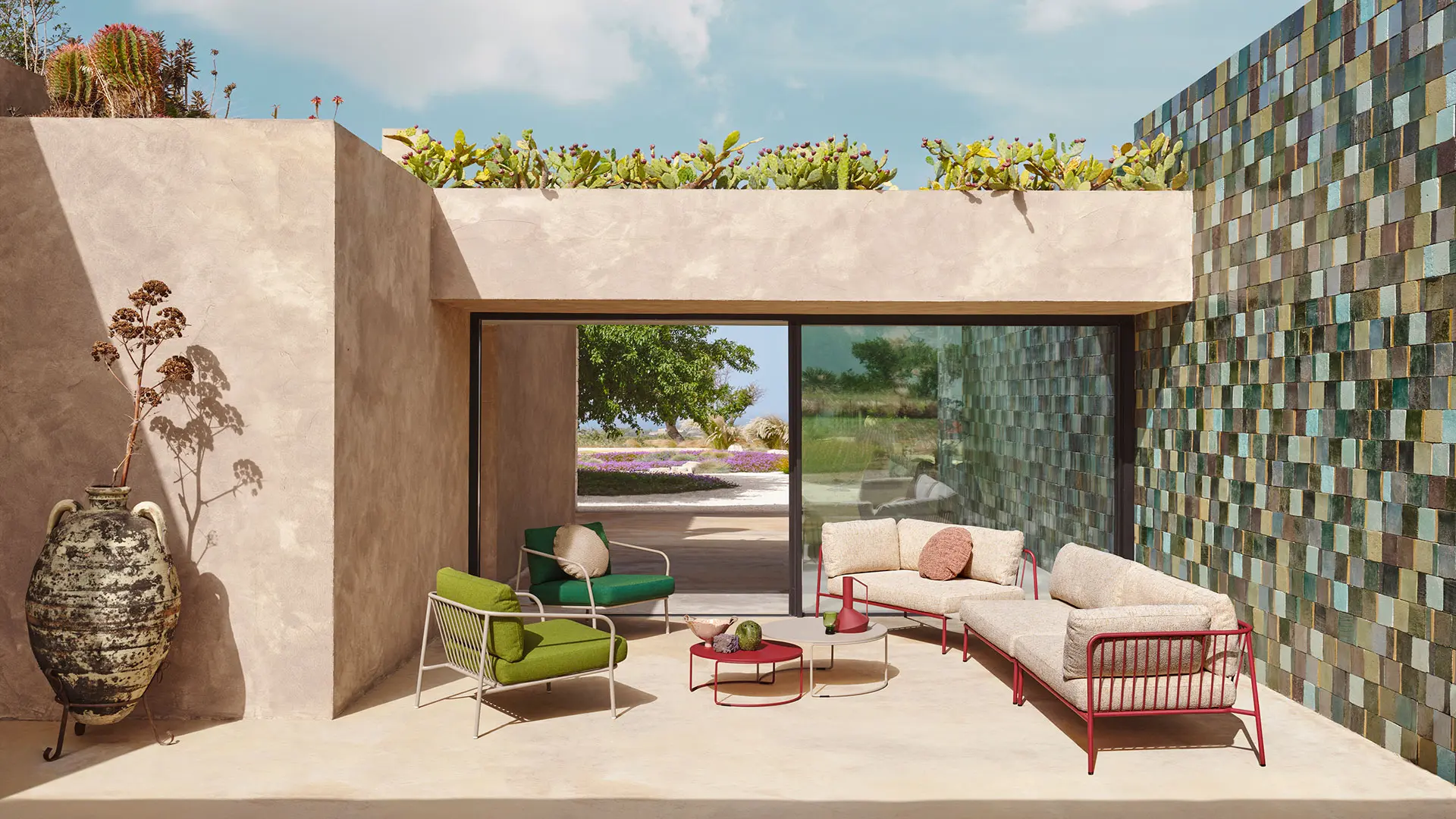The furniture and design segment dedicated to life en plein air. Interview with Roberto Pompa of the Assarredo Presidential Council as well as President of Roda
Stories of identity
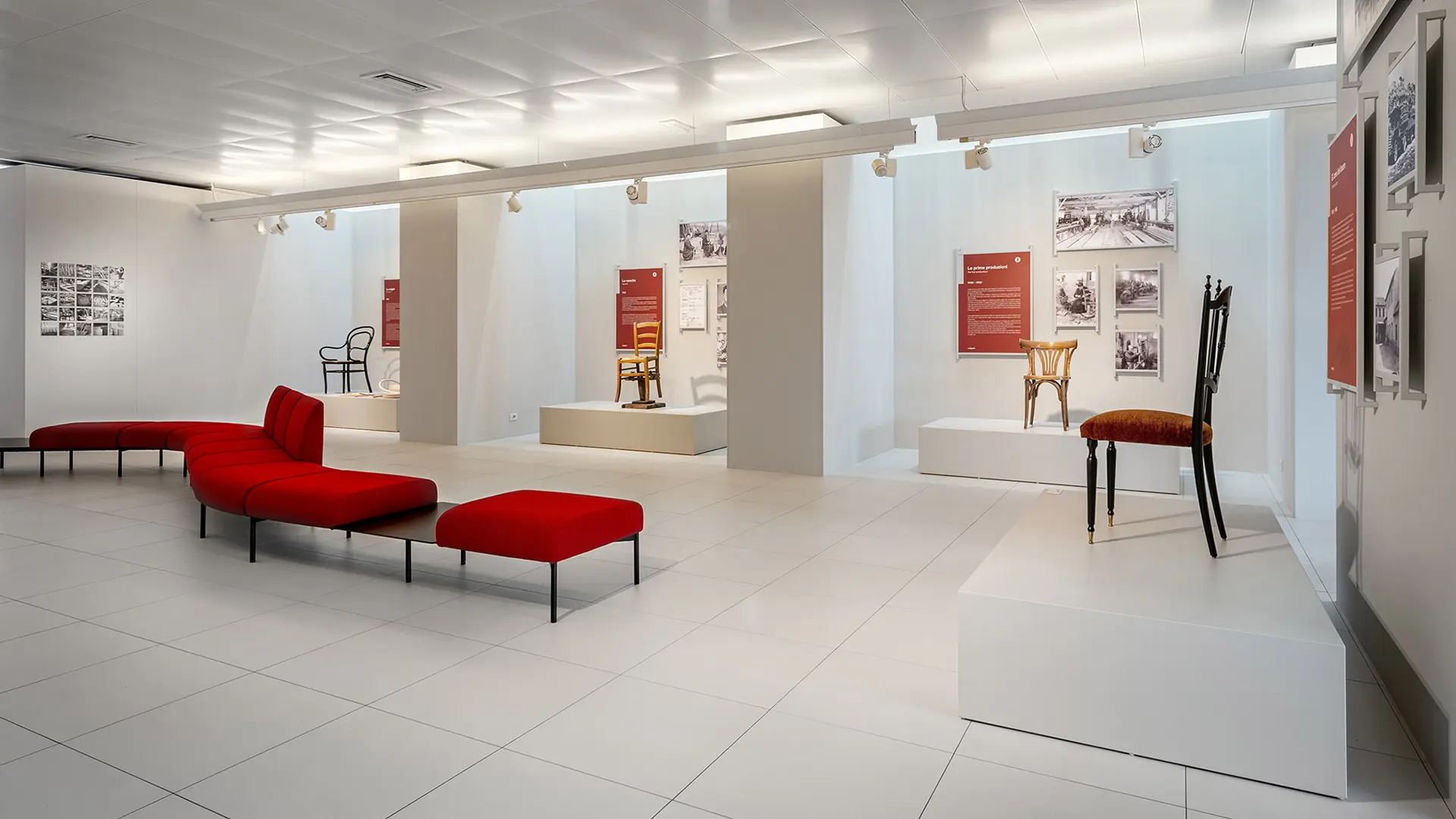
Museo Calligaris, Manzano (Udine)
Company museums: valuable assets, foundations for the future. The importance of memories told through a number of Italian museums, custodians of furnishings, fabrics and design objects.
Memory and future are the keys to the secrets tucked away in the rooms of corporate museums, which are becoming increasingly common in a wide range of production sectors. The noble driving force behind every museum, where a company’s identity materialises and its history literally becomes tangible, is the desire to preserve a brand and valorise its heritage, keeping it alive.
As well as boasting archives, prototypes, one-off pieces, tools, right down to machinery and much more besides, these museums also become channels for direct and effective dialogue and immediate engagement with the surrounding territory. Museums of this sort don’t merely entertain and educate, they also bring added value to companies, preserving and disseminating their know-how. They increasingly become a part of the functioning of companies, contributing to competitivity and directly linked with marketing strategies. The museums featured below, all of which have links to the furnishing world, give us a flavour of their very real, deep-rooted importance. Immeasurable, in fact.
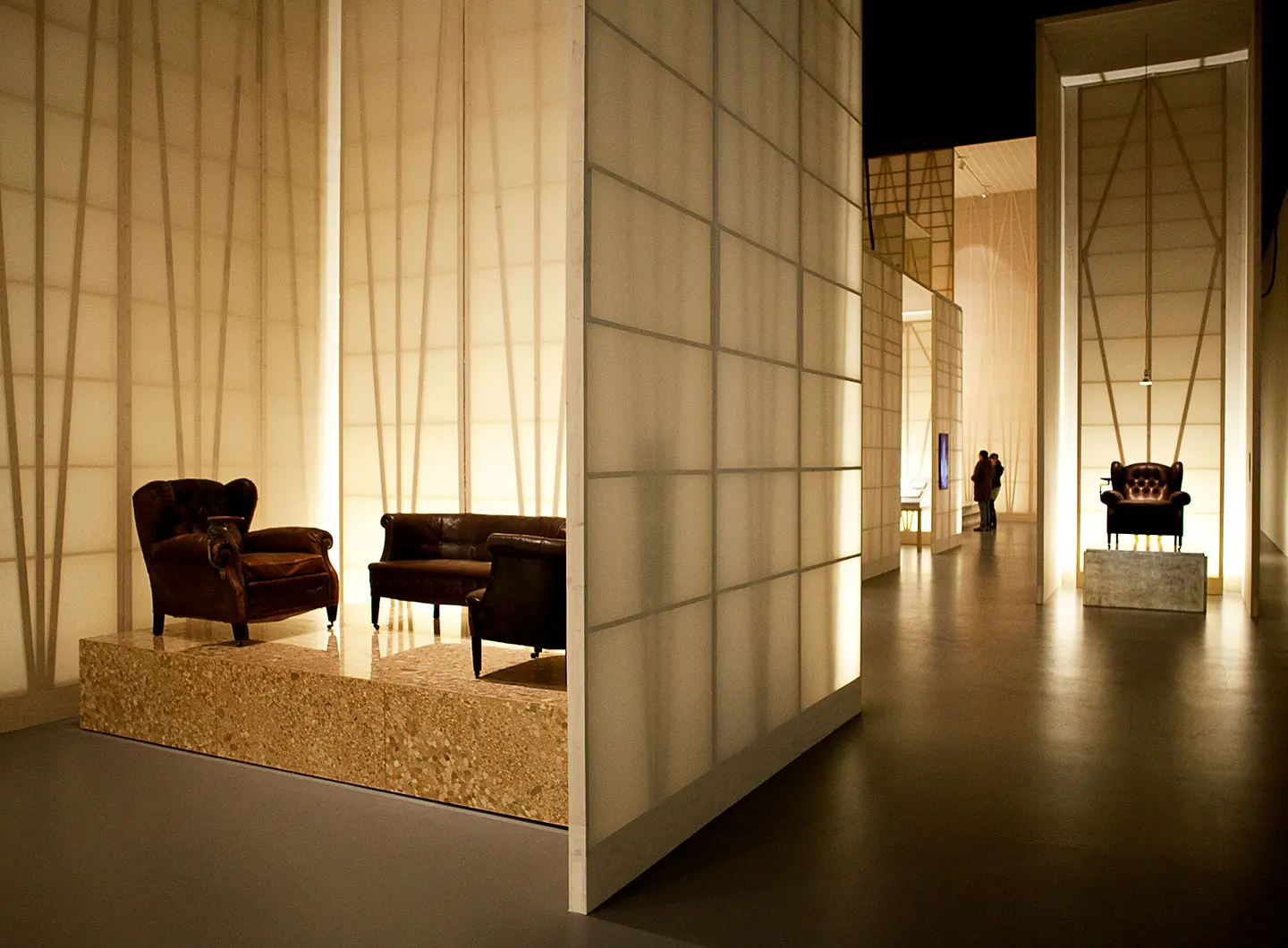
Poltrona Frau Museum, Tolentino (Macerata) - Photo Alessandro Digaetano
Corporate museums are frequently set up in order to celebrate special anniversaries, as in the case of Calligaris, which in September inaugurated 300 m2 of exhibition space at its Manzano headquarters, near Udine, launching the celebrations for the company’s approaching 100th anniversary. The company was founded in 1923 as an artisan workshop producing the Marocca chair, a typical local piece with a linear wooden frame and straw seat. Its museum is not only dedicated to the history of the company, which has passed down through three generations, but also to the history of the Friulano chair-making district, which supplies 80% of national demand and has strong trade connections with Europe, the US and the East. The exhibition spaces are marked out into seven stages, leading from the company’s 18th century origins to the present day, exploring the company’s vocation for innovation, turning its hand to other materials, such as metal, leather, glass and plastic as well as wood, with a particular focus on sustainability.
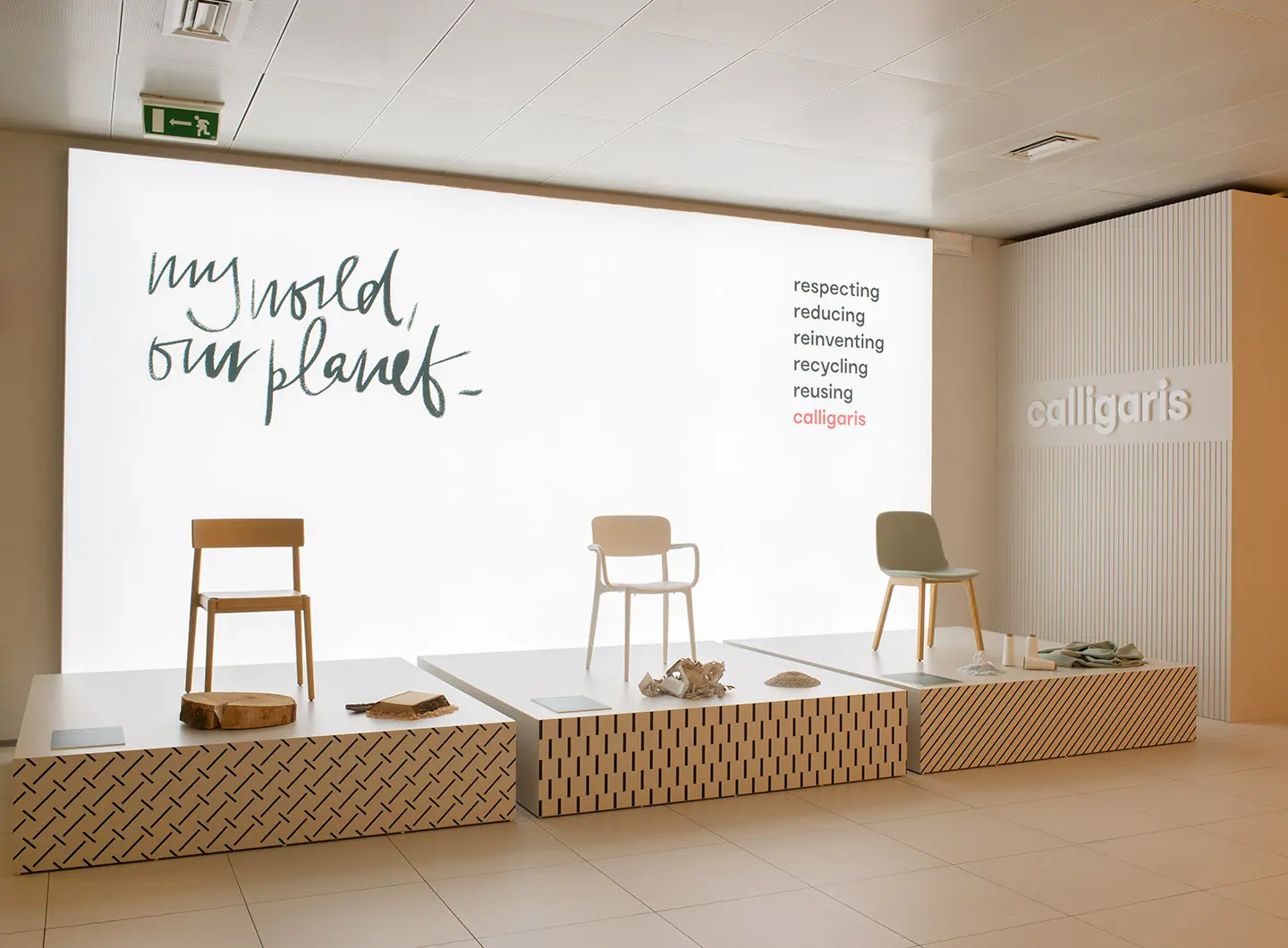
Museo Calligaris, Manzano (Udine)
Another centenary-linked museum is that of Poltrona Frau, designed by Michele De Lucchi, which opened in 2012. An austere, white industrial building, its long stand-out orange wall catching the eye as it meets the corner of the Tolentino plant. The interiors have been designed like a great grey container, their design spare. “The intelligence of the hands,” i.e. the skills enshrined in the brand’s products, welcome visitors through fascinating films that focus on the processing phases. The iconic Vanity Fair occupies a central patio, while the large room with scenographic towers contains faithful reconstructions of the historical periods of 11 iconic pieces, which tell the company’s story, along with original documents, postcards, advertising posters, catalogues, sketches and drawings displayed in a showcase. There is also a reading room where museum-related activities and workshops take place, in addition to guided tours, making for a museum that strives to be very much alive.
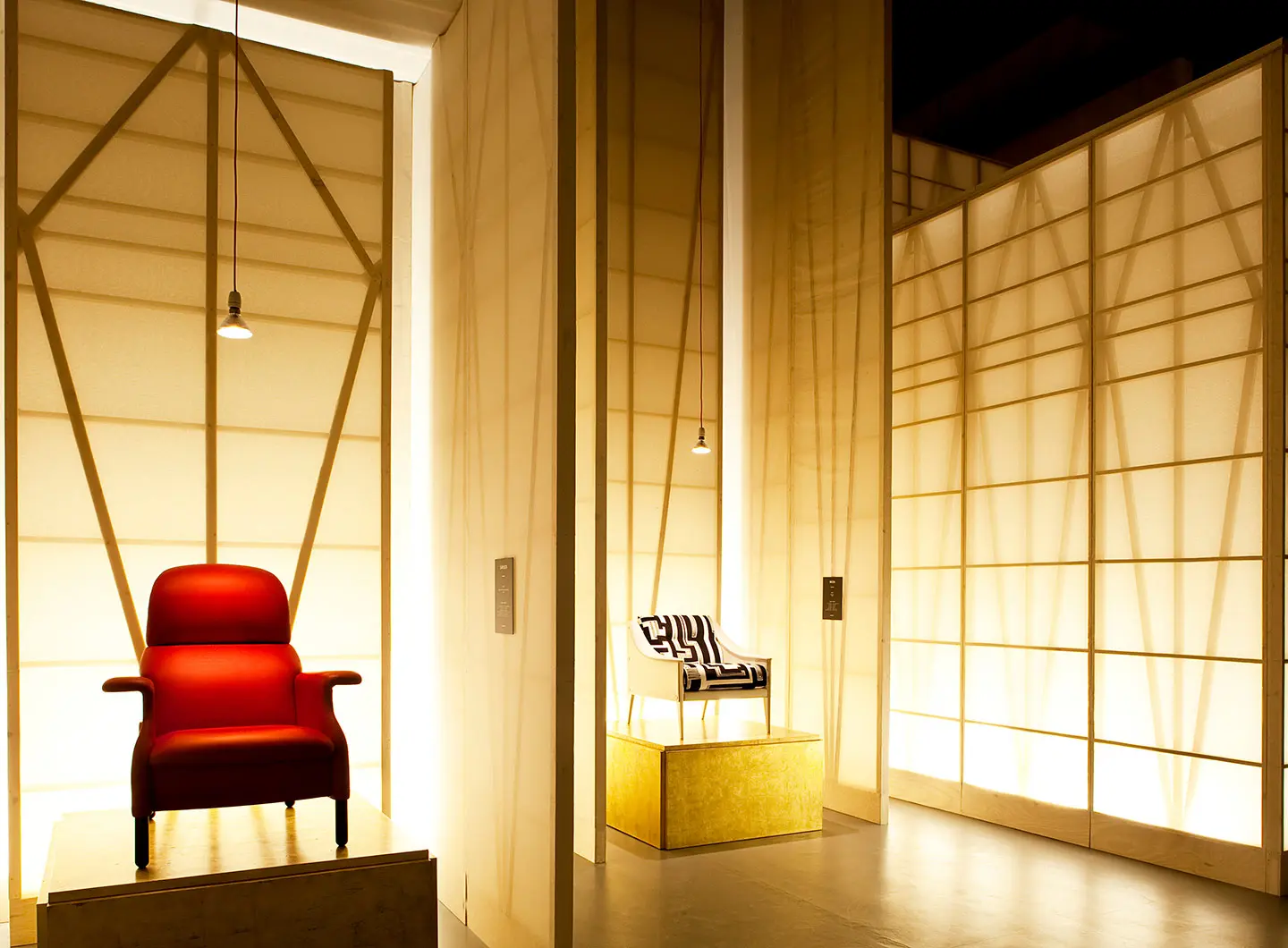
Poltrona Frau Museum, Tolentino (Macerata) - Photo Alessandro Digaetano
Conceived during the course of historical research for the Molteni80 exhibition, which led to the Molteni Archive, containing more than 4,500 documents, the Molteni Museum opened in 2015. It is housed in a late ‘50s industrial building at Giussano restructured by Aldo Rossi and Luca Meda in 1986 and then again by Studio Cerri & Associati, which also curated the coordinated image of the museum itself, designed by Jasper Morrison. 48 iconic products trace the history of the Group’s four brands – Molteni&C., Dada, Unifor and Citterio, making the museum not just a container for memories but also a living space and an opportunity for the local and international communities with which the Group has forged relationships over time to come together. The museum has continued to broaden its cultural remit since 2018 to embrace contemporary art with an ongoing collection of work by talented youngsters, which is also on sale in the flagship stores dotted around the world. By the end of 2021, the museum will have taken on a completely new look, shaped by Ron Gilad, to tell the company’s story with an eye to the present and to the future. The historical nucleus will remain the inviolate heart of the new project, with the addition of special, global initiatives, open to the world, thanks to the new flexibility of the spaces and the new digital technologies.

Molteni Museum, Giussano (Monza e Brianza)
The Kartell Museum was designed to celebrate the 50th anniversary of the company in 1999, gaining instant recognition as an outstanding corporate museum, cemented by garnering the 2000 Guggenheim Enterprise and Culture Award. A growing collection of 8,000 objects, 5,000 designs and 15,000 photographs tell the story of the successful Noviglio-based company, which was set up in 1949. It is a permanent excursus, with display by Ferruccio Laviani and curation by Elisa Storace, encompassing car accessories (including the stand-out K101 ski rack, lightweight, easily fitted and the only one of its kind, which was the first Kartell product), domestic objects (in new industrially-moulded plastic materials rather than wood and metal), lighting (including Achille and Piergiacomo Castiglioni’s 4006, the company’s first pendant lamp), laboratory fittings (the Labware division started up in 1958), furniture (with the Habitat division in 1963) and furnishing accessories, including many Italian design icons. Even the building itself is a museum piece, an interesting example of industrial architecture, as is the plant designed by Anna Castelli Ferrieri and Ignazio Gardella in 1967, when the business moved to the outskirts of Milan. An exclusive space for disseminating design culture through publications and research, guided tours and exhibitions.



